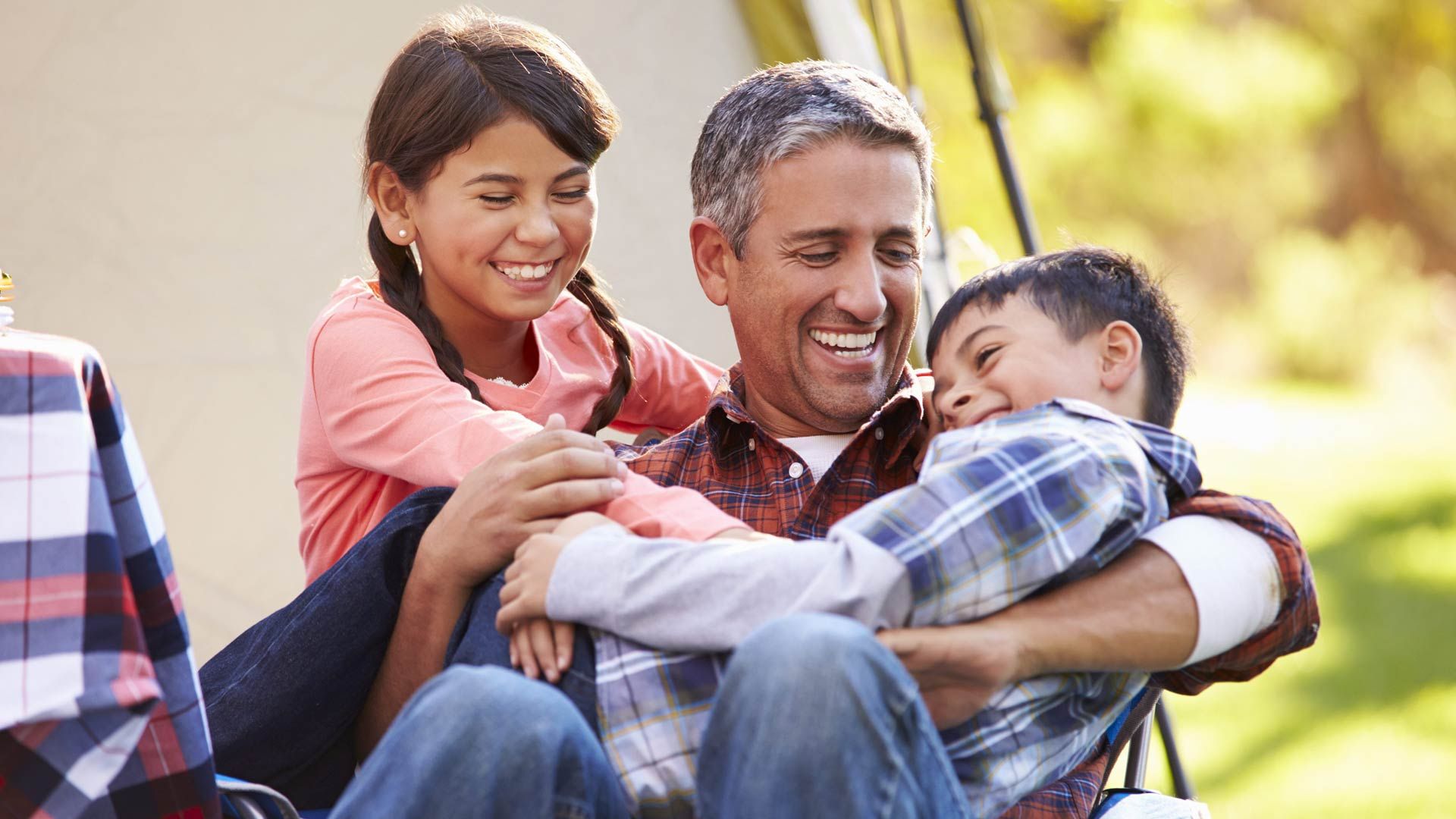Parenting an Anxious Child

A couple of weeks ago, I wrote about parenting with anxiety. As Children’s Mental Health Awareness Day was recognized on May 5, I wanted to look at parenting an anxious child. My daughter is still very young but already has a strong personality. She is incredibly empathetic, has intense emotions (what 3-year-old doesn’t?), and definitely has some anxious tendencies.
Anxiety is one of the most common mental health concerns for children and adults, affecting upwards of 20% of children and adolescents over their lifespans. Fifty percent of all lifetime cases of mental illness begin by age 14, yet it takes an average of 10 years for individuals to get treatment for their conditions.
Does your child or teen have any of these symptoms?
- Clinging, crying, and/or tantrums when you separate
- Excessive shyness, avoiding social situations
- Constant worry
- Avoiding situations or places because of fears
- Complaints of frequent stomachaches or headaches
If so, he or she may have some anxiety or anxious tendencies. Here are five ways to help your child work through his or her anxiety:
1. Acknowledge the anxiety and help your child manage it.
Removing your child immediately from a difficult situation doesn’t allow her to work through her feelings. Recently, my daughter panicked because she thought I was hurt. I immediately got up and held her. I let her cry and told her that I wasn’t hurt. I allowed her to be present with her feelings of fear and showed her that it’s ok to feel fear. It’s important to help kids learn to tolerate their anxiety and function, as well as they can, even when they’re anxious.
2. Don’t avoid the stressors
When we are afraid of situations, we avoid them; however, avoidance of anxiety-provoking situations maintains the anxiety. Instead, if a child faces his fears, he will learn healthy coping strategies and how to work with his feelings.
3. Encourage your child to tolerate and express anxiety.
If your child says that she is worried or scared, don’t say “You’re fine;” that doesn’t help. Instead, encourage your child to express her feelings. When anyone – kids or adults – lets anxiety take its natural curve, it’s called the “habituation curve” and it will drop over time as the person continues to have contact with the stressor. Your child’s anxiety may not drop as quickly as you or she would like or drop down to zero at all, but facing fears is how we all get over them.
4. Think your child’s fears through with him.
Ask your child how he would handle his fear. A child who’s anxious about separating from their parents might worry about what would happen if they didn’t come to pick him up. For some kids, having a plan can reduce uncertainty in a healthy, effective way.
5. Teach your child breathing exercises.
When my daughter is inconsolable, I have learned one of the best ways to get her to come back down is to get her to just breathe. “Take a breath; take a breath” is repeated often in our house. A couple of our favorites include standard deep breaths and the “bubble method.” We’ll often do three deep breaths together to get her breathing to slow down. If she lets me, I’ll pull her close so she can feel my chest rise and fall too. Another go-to is one my daughter’s teacher taught me – which is as simple as having bubbles handy so your kid can blow bubbles (and be forced to take breaths) when having a meltdown.
BONUS TIP: Role model positive behaviors for your kid
Kids will mimic you. By giving them positive examples of how to manage stressful situations, you’re giving them tools to handle their own anxiety.
If you avoid an anxiety-inducing situation, so will your child. But if you face difficult situations head-on and manage the tough feelings, so will your child. If you practice self-care and look for the positive in situations, you’re showing your child that taking care of yourself is important and perception is key.
Keep in mind that your child’s anxiety is not a sign of poor parenting. It can be difficult to look past this at times, but it’s truly important to remember. It may add stress to family life, but with support from family, friends, and care providers, it can be managed and your child can learn to thrive.
If you are interested in working with a counselor or looking into additional resources, check out Jefferson Center’s website.
Shannon Gwash is the Director of Wellness Services for Jefferson Center and is also a Certified Mayo Clinic Wellness Coach. She earned her MS from the University of Denver in Strategic Health Communications/Behavior Change. She has nearly 10 years of experience in the communication world and nearly three in parenting … which clearly makes her an expert there. To stay sane, she runs around Sloan’s Lake, hikes with her daughter, enjoys outdoor concerts, and reads nerdy books.
- Kiara’s Note – Blog
- Mental Health Matters – Blog
- Voices of Hope – Blog
- Humans of Jefferson Center
- Addiction & Substance Use
- Anxiety
- Child Mental Health
- Crisis and Trauma
- Depression
- Exercise
- Just The Facts
- LGBTQIA+ & Pride
- Medicaid
- Men’s Mental Health
- Parenting
- Recovery
- Senior and Older Adult
- Socializing
- Stigma
- Stress
- Suicide Prevention
- Support & Advocacy
- Teen’s Mental Health
- Treatment Options
- Women’s Mental Health